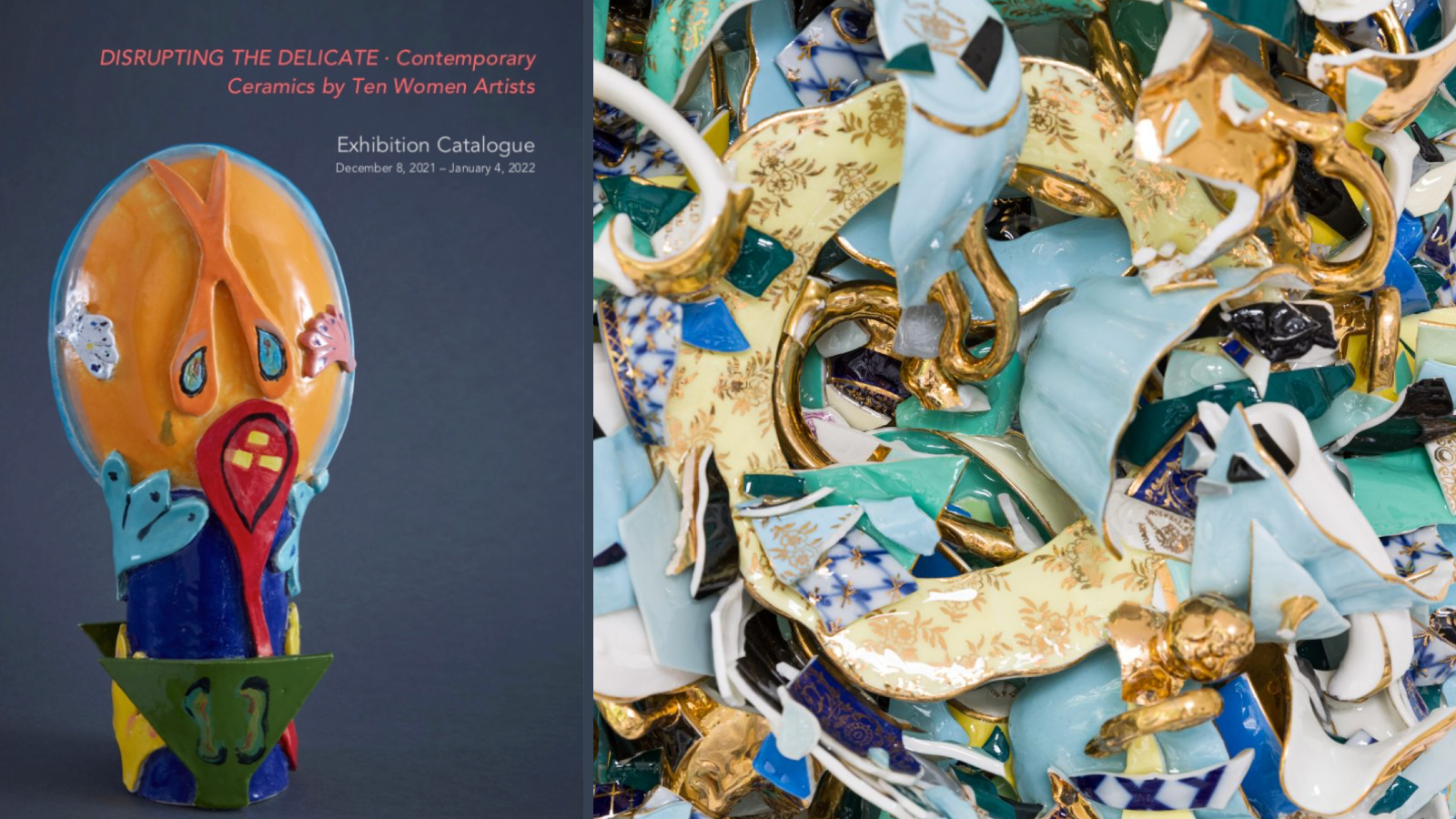Disrupting the Delicate at Janet Rady Fine Art
I was delighted to be a part of this exhibition, which celebrates women creating contemporary art in ceramics.
Janet Rady Fine Art is pleased to present DISRUPTING THE DELICATE · Contemporary Ceramics By Ten Women Artists, featuring Ilse Black, Rafaela de Ascanio, Julia Florence, Marliz Frencken, Souraya Haddad Credoz, Elza Jaszczuk, Jeni Johnson, Mina Karwanchi, Hala Matta, Sandra Shashou.
The exhibition gathers a refined selection of artistic female talent whose work addresses the sculptural and tactile qualities of clay.
‘Disrupting The Delicate’ is a counterpoint to the saying ‘women are delicate creatures’, and the common usage of the adjective ‘delicate’ to describe ceramics. Furthermore, the portrayal of women is more than ever a ‘delicate’ matter.
Sandra Shashou’s ‘Broken’ sculptures are not inspired by nature or the human form, she draws her inspiration from her experience of life as a woman.
Porcelain has become her signature sculpting material, her trademark. Growing up in Brazil she was surrounded by beautiful household antique ceramics and glass ornaments that belonged to her mother, such as Sèvres and Limoges, Galle vases, Lalique crystal, she developed an eye and appreciation for these collectable treasures.
The brutal destruction of these precious objects, desecrated beyond repair, implies tragedy, but the reassembled artwork suggests it has taken on a new form and is reborn.
As a philosophy Shashou treats breakage and fractures are part of the chance and fate of human life, part of our personal history, not something to disguise. ‘Broken’ references bravery, courage and rebuilding after devastation.




 Sandra Shashou is a UK-based, Brazilian multimedia artist who has a diverse practice of sculpture, photography and painting. Shashou studied at City & Guilds of London Art School with BA(Hons) in Painting. Shashou’s practice has taken a turn into sculpture with a series of positive works that reflect on major transformation through the fragility of love, which references bravery, courage and rebuilding after devastation.
Sandra Shashou is a UK-based, Brazilian multimedia artist who has a diverse practice of sculpture, photography and painting. Shashou studied at City & Guilds of London Art School with BA(Hons) in Painting. Shashou’s practice has taken a turn into sculpture with a series of positive works that reflect on major transformation through the fragility of love, which references bravery, courage and rebuilding after devastation. 